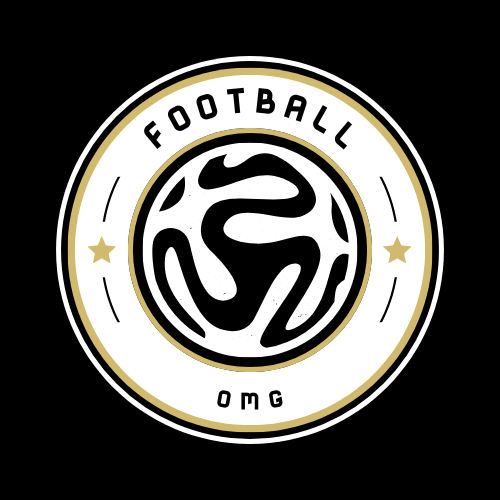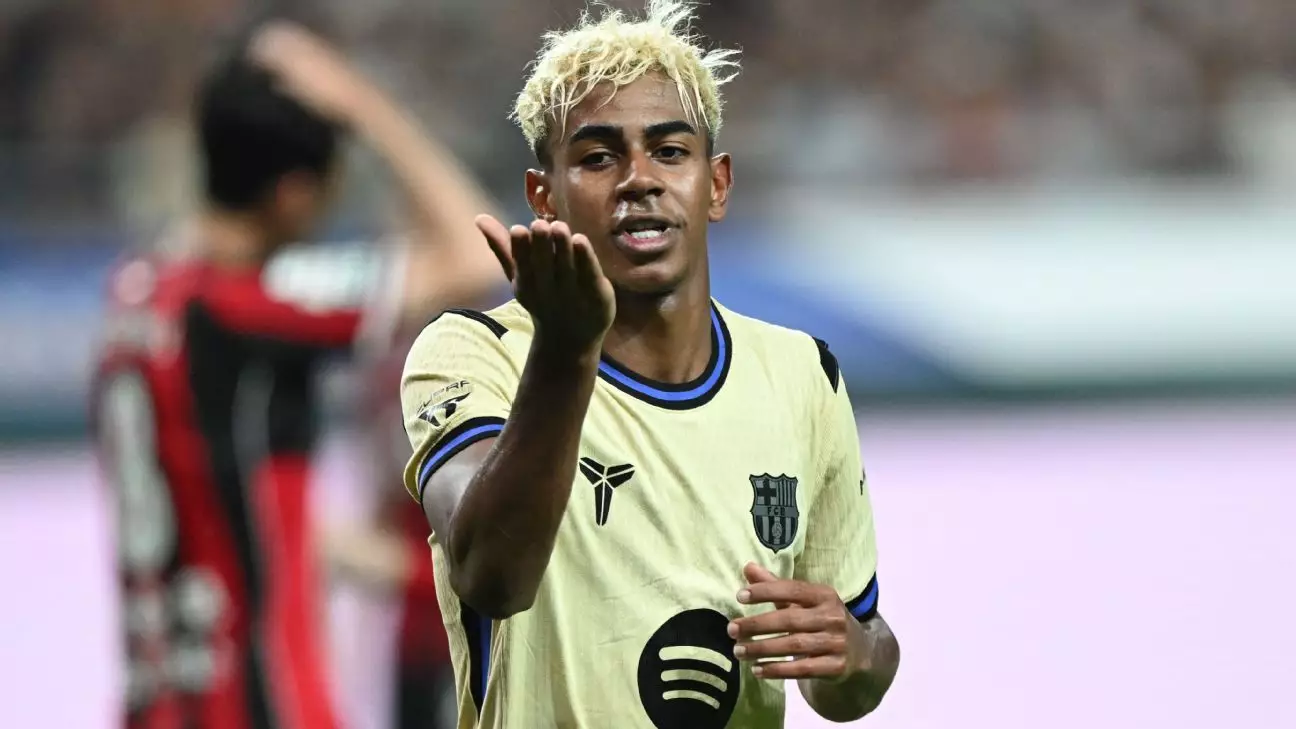In the world of football, jerseys serve as more than just apparel; they symbolize history, identity, and the unbreakable bond between a club and its supporters. LaLiga’s 2025-26 season promises a spectacular showcase of this tradition, with teams merging heritage and modernity through innovative designs. One of the most compelling themes emerging from the upcoming kits is the beauty of minimalism—an approach that demands confidence and meticulous craftsmanship.
Real Madrid’s latest home kit exemplifies this principle. Dominated by the iconic white, every detail is calibrated to preserve the club’s legendary simplicity while subtly paying homage to its storied past. Adidas’s clever use of texture-based innovations—adjusting tiny white spots that only reveal themselves upon close inspection—introduces a fresh layer of sophistication without compromising the jersey’s minimalistic ethos. The design subtly evokes the Santiago Bernabéu’s grandeur, with accents inspired by recent renovations and club history, seamlessly blending innovation with tradition. This jersey challenges the notion that innovation must be flashy; instead, it radiates understated elegance that resonates deeply with fans and design aficionados alike.
Meanwhile, Real Sociedad’s home kit adheres to traditional stripes yet stands out for its pure, sponsor-free presentation. This bold decision to strip away commercial branding amplifies the shirt’s visual impact, emphasizing pure club identity. It is a statement against the commercial excess that often diminishes the artistry of football kits. The absence of sponsor logos transforms the shirt into a canvas—one that celebrates the club’s local roots and unwavering focus on heritage. Such bold choices evoke a deeper appreciation for the artistry that can be achieved through restraint, fostering an authentic connection with supporters craving a true representation of their club’s soul.
Celebrating Cultural Narratives and Regional Pride
Footballs jerseys are increasingly becoming storytellers—laced with cultural symbols and regional narratives that heighten their uniqueness. Celta Vigo’s away kit, for example, beautifully captures Galicia’s rugged maritime spirit. Its design echoes the region’s flag, incorporating a diagonal blue stripe reminiscent of ocean waves. This motif, along with nods to Vigo’s seafaring history, amplifies a sense of regional pride that transcends fashion. The shirt is an homage to Galicia’s resilient spirit, encouraging supporters to carry their heritage onto the pitch.
Similarly, Atlético Madrid’s away shirt makes a loud statement with its storm-inspired theme—an inventive tribute to their rebellious rock anthem, “Thunderstruck.” The navy blue fabric, punctuated by lightning bolt accents along the sides, marries music and football seamlessly. It breathes life into the club’s identity, creating an emotional link that fans can feel deeply. Such designs challenge the misconception that football kits are merely functional; they demonstrate that they can be powerful symbols of regional and cultural identity, elevating the sport from entertainment to a canvas for storytelling.
Celta’s choice is poetic, affirming that regional culture and football can be intertwined beautifully. These jerseys serve as extensions of local history and pride, making every match a celebration of identity that fuels passion beyond the pitch.
Innovative Use of Color and Material in Modern Kits
While tradition is vital, the 2025-26 kits from LaLiga also showcase bold experimentation with color palettes and materials. Barcelona’s away kit, inspired by Kobe Bryant and Los Angeles Lakers’ legend, symbolizes a fusion of sports and pop culture. The uniform’s gold hue, interlaced with Persian violet and touches of black, evokes luxury and resilience. The emblematic “Kobe Sheath” logo stands in place of the Nike swoosh, emphasizing homage and personal storytelling. With its design rooted in the “Mamba Mentality,” this jersey seeks to inspire a new generation of athletes, illustrating how football kits can transcend sport and become motivational artifacts.
Elche’s away jersey, on the other hand, pushes the boundaries of conventional design with an avant-garde black base adorned with green-and-white scribbles reminiscent of Nigerian football shirts. It balances modern aesthetics with tradition, creating an artsy, rebellious look that celebrates the club’s return to LaLiga with a sense of renewal and boldness. Such experimental kits challenge fans to see football apparel as a form of artistic expression—something that sparks conversation and emotional engagement.
Another example is Levante’s new top, which marries tradition with history by incorporating vertical blue and burgundy stripes with subtle diagonal accents, paying tribute to their old stadium. The golden trim is more than decorative; it symbolizes a century of club history, infusing the kit with storytelling elements rooted in place and time. This thoughtful integration of history and design illustrates a sophisticated understanding of what makes a football jersey truly memorable—an artifact that encapsulates years of passion and community.
Looking Ahead: Art, Heritage, and Innovation in Football Jerseys
The 2025-26 LaLiga kits reveal so much about the evolving identity of contemporary football—balancing cultural pride, innovative design, and deep-rooted tradition. Clubs are increasingly understanding that their jerseys serve as a medium for storytelling, personal expression, and regional pride. The trend isn’t merely about aesthetic appeal but about creating meaningful narratives that resonate with fans worldwide.
As the season kicks off, these jerseys will become more than just team uniforms; they will symbolize a collective identity, embodying stories, heritage, and innovations that elevate football beyond the pitch. Whether through minimalistic elegance, cultural symbolism, or daring experiments with colors and textures, LaLiga’s teams are crafting a visual language that celebrates their history while boldly stepping into the future. The contest for the best jersey is as much about design as it is about celebrating the rich tapestry of Spain’s football culture—an ongoing journey where tradition and innovation go hand in hand, inspiring fans and designers alike.

